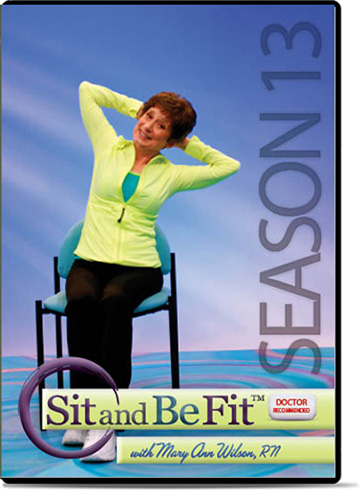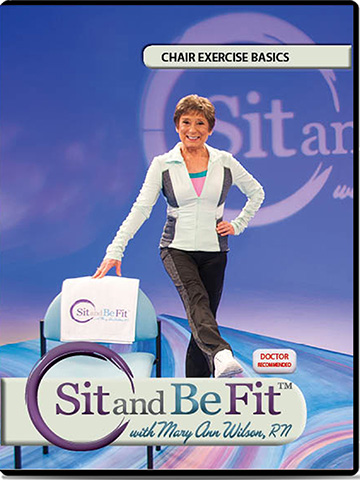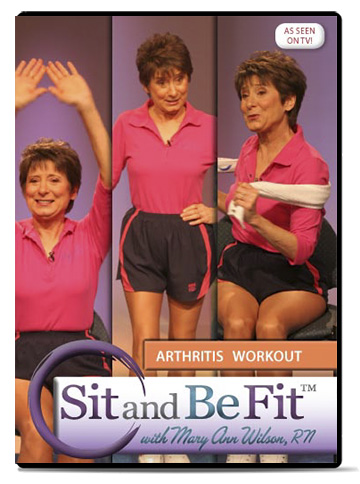An estimated 40 million Americans have arthritis. There are over one hundred types of arthritis: the two most common are osteoarthritis, and rheumatoid arthritis.
Osteoarthritis
The symptoms of osteoarthritis usually begin after age 40 and include:
- •joint pain which increases with weight-bearing and decreases with rest
- •stiffness
- •loss of joint range of motion
- •minimal inflammation or swelling
- •joint crepitus may be present (cracking and popping noise with movement)
Osteoarthritis may be mild, moderate, or severe. It is a wear and tear disease in which there is a mechanical breakdown of the cartilage that protects the ends of bones. It begins gradually and becomes chronically progressive. As the cartilage becomes damaged, bone spurs or calcium deposits may develop, causing the finger joints or knees to enlarge.
Primary osteoarthritis occurs without a preceding injury, and the cause is not completely understood. Secondary osteoarthritis is due to a prior injury, birth defect, excessive joint stress due to obesity or overuse, or metabolic disorder such as gout or diabetes. Joints that are usually affected are:
- weight-bearing joints (hips, knees, and spine)
- middle and end joints of the fingers, and
- joint at the base of thumb
The treatment goals for osteoarthritis are to decrease pain, increase activity, increase strength, prevent disability, and maintain function.
Rheumatoid Arthritis
Rheumatoid arthritis may begin in middle age or before, even in childhood. The symptoms include:
- pain with significant joint inflammation and swelling (joints may be hot, red, and tender)
- stiffness which is greater in the morning
- decreased joint mobility
- fatigue, fever, and malaise may be present
Rheumatoid arthritis is a systemic (affects the whole body) inflammatory disease in which the body attacks itself. White blood cells attack the joint lining (synovial membrane). Abnormal cells in the joint fluid then destroy the cartilage, bone, and surrounding soft tissues that support the joint. Pain and deformity may result. Rheumatoid arthritis can also affect the heart, lungs, eyes, skin, and other organs.
Rheumatoid arthritis often affects the same joint on both sides of the body. The joints that are commonly affected are:
- ankles
- feet
- knees
- hips
- shoulders
- fingers at the joint where they attach to the hand, and middle finger joints
- elbows
- often affects the neck
- organs such as the eyes, heart, lungs, and skin may be involved
- wrists
Rheumatoid arthritis does not affect the lower spine.
The onset of rheumatoid arthritis may be gradual or sudden.The course of the disease is variable. It can last several months up to a few years and then go into remission without joint damage; it can be characterized by chronic flares and remissions, ranging from mild to moderate, in severity; or it can be a severe, active process that results in significant joint damage and disability.
The treatment goals of rheumatoid arthritis are to manage pain, decrease inflammation, halt the progression of joint destruction, prevent disability, maintain function, and preserve a sense of well-being.
Arthritis Treatment
Plans for managing both types of arthritis include:
- exercise and rest – a healthy combination of exercise and rest is recommended. Rest more during arthritic flares, and exercise more when you feel better. This is especially important if you have rheumatoid arthritis. Rest can help reduce the inflammatory process within the joint.
- joint protection with the appropriate use of assistive devices
- activity modification
- weight control
- nutritional diet
- may include medications appropriate for the type of arthritis
- may include surgery
How Exercise Helps Manage Arthritis
There are many ways exercise benefits those managing arthritis.
- maintains and increases joint range of motion
- maintains and increases muscle strength
- decreasing joint pain and stiffness
- stabilizes joints
- preventing joint deformities
- improves physical conditioning
- maintains and increases function and independence
- maintains good body alignment and posture
- decreases fatigue and improves quality of sleep
- reduces stress and helps maintain a positive attitude
Recommended Exercise Blogs
Here are some helpful exercises from our blog library for those managing arthritis.



